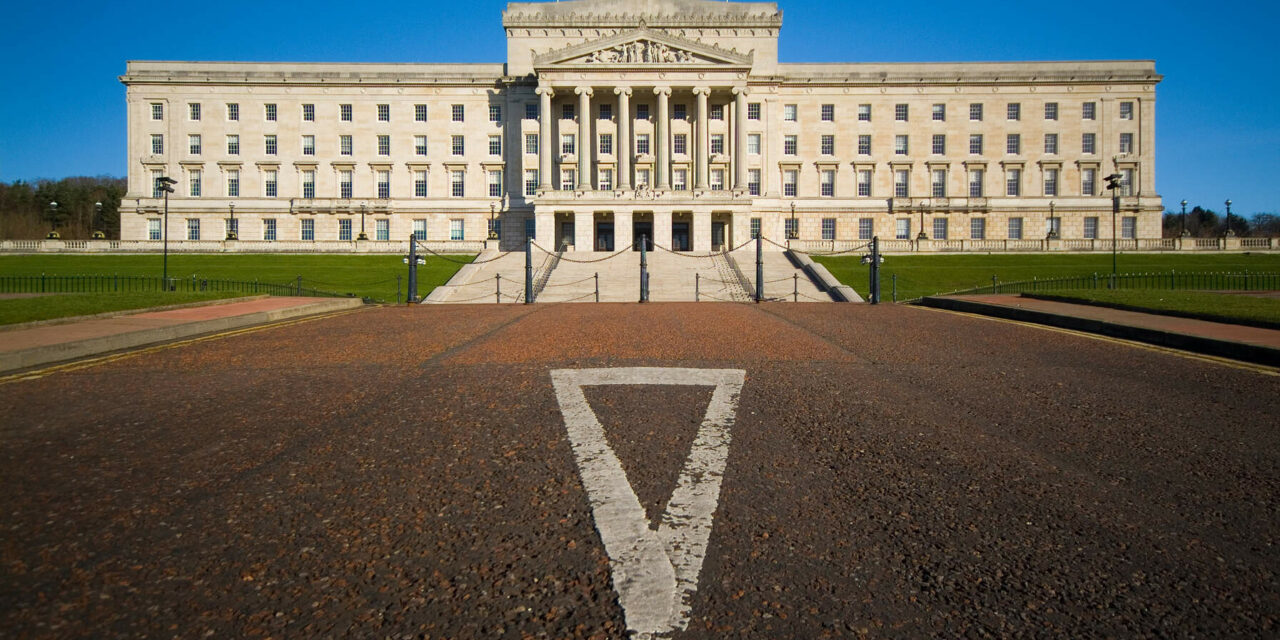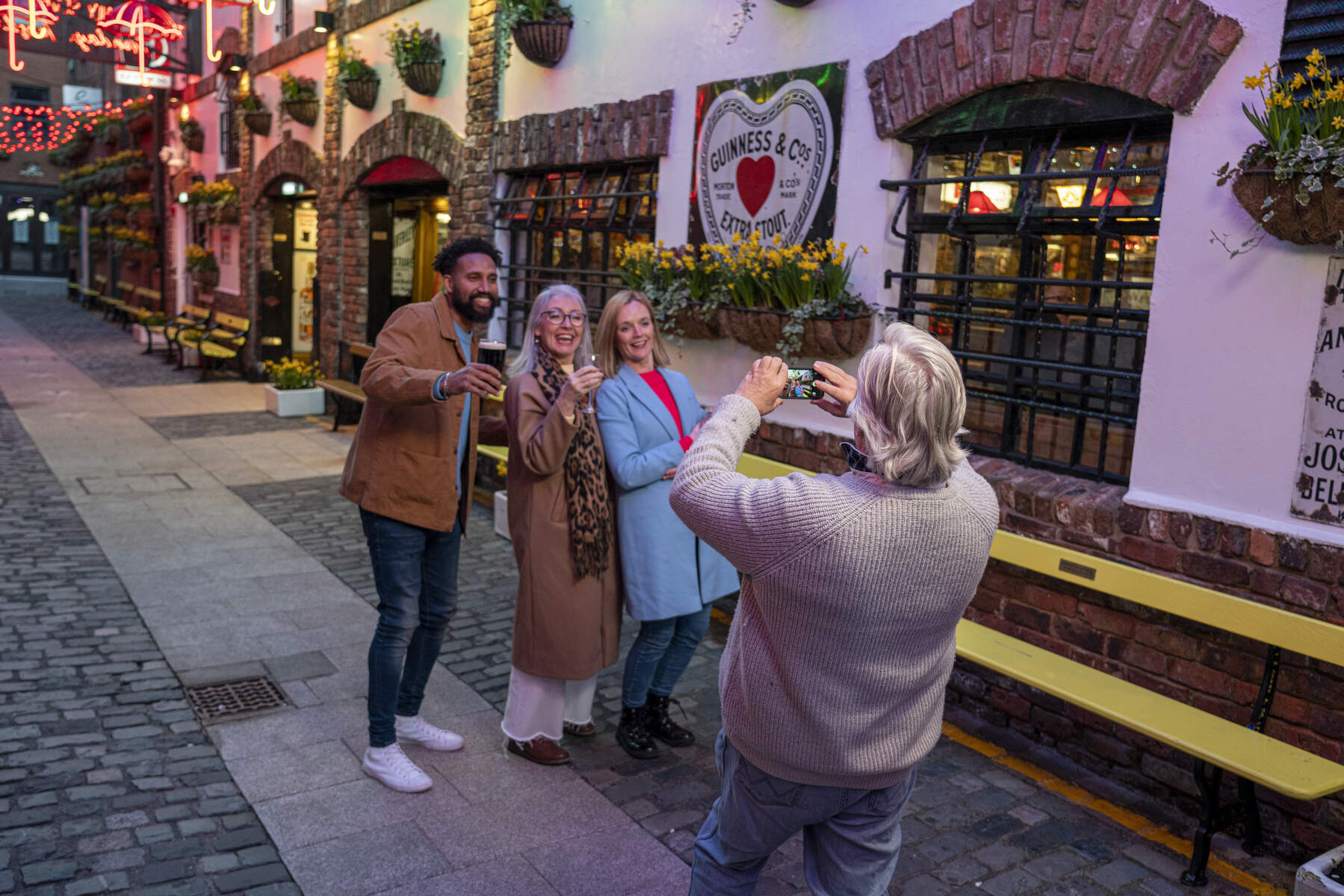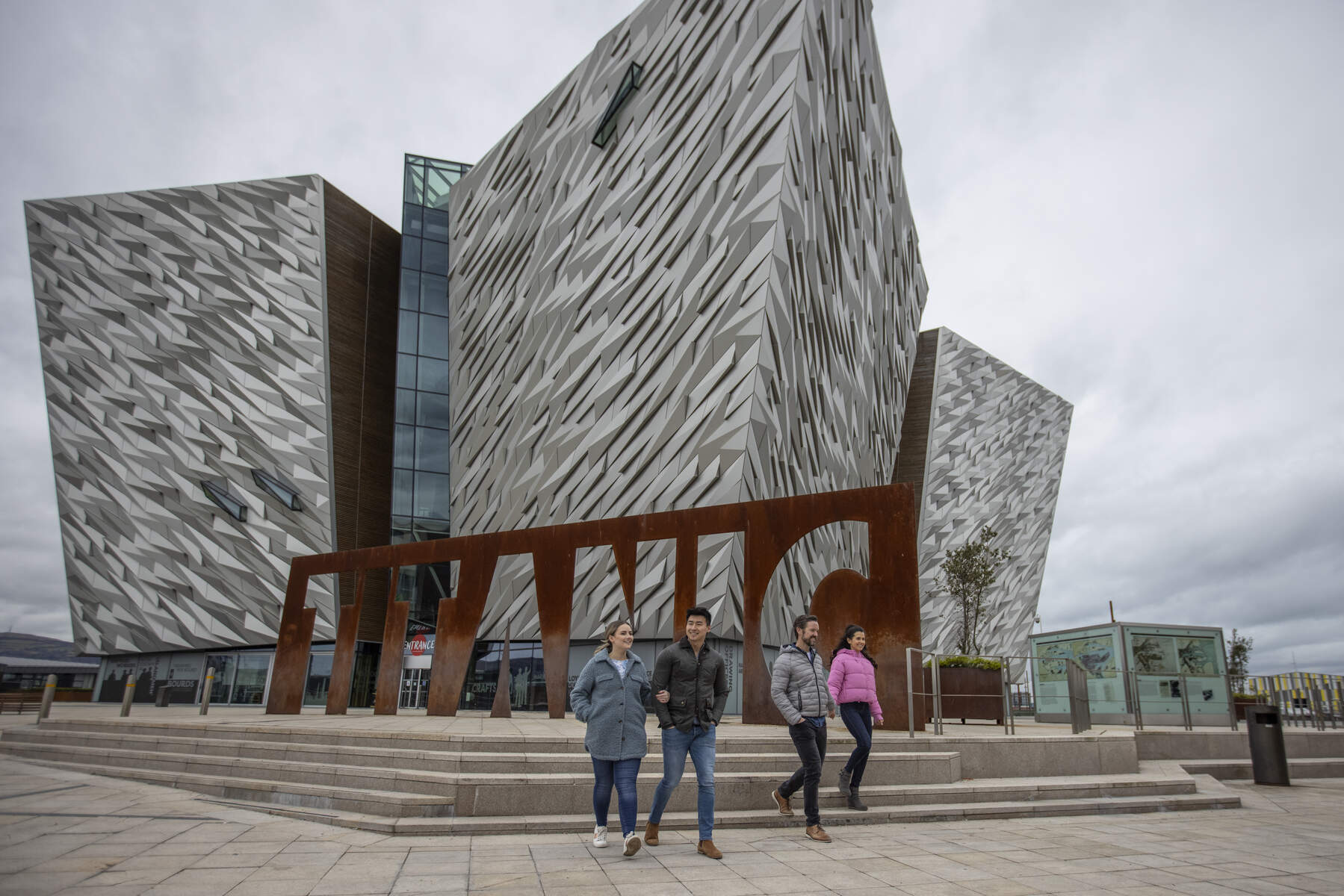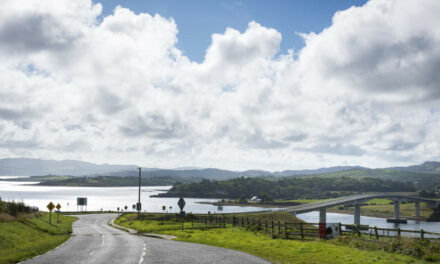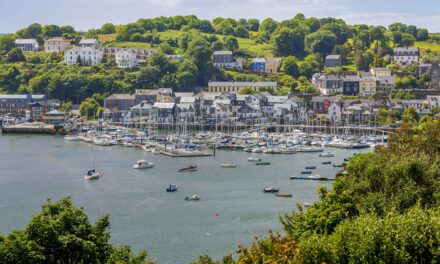General
Belfast is the capital and largest city of Northern Ireland, and it has a rich history and culture. The city is located on the northeastern coast of Northern Ireland, at the mouth of the River Lagan. It spans an area of approximately 115 square kilometers (44 square miles) and is situated in the historic County Antrim. Belfast is surrounded by hills and mountains, including Cave Hill to the north and the Castlereagh Hills to the south. The coastline of Belfast offers picturesque views and is characterized by numerous bays.
Demographically, according to the latest available data from 2021, Belfast had an estimated population of around 350,000 people. The city is a cultural melting pot with a diverse population representing various ethnic backgrounds. Historically, Belfast was predominantly influenced by a Protestant majority, while there was a Catholic minority population. This demographic distribution is associated with the Northern Ireland conflict and the tensions between the two communities.
Belfast
Belfast has a rich history and is renowned for its stunning beauty and vibrant culture. We’ll explore some of the city’s most remarkable highlights, from historic landmarks to bustling neighborhoods.
I’m excited to embark on this journey together and discover the enchanting attractions of this city. Let’s immerse ourselves in Belfast’s rich culture, warm hospitality, and unique atmosphere.
Cathedral Quarter
The Cathedral Quarter in Belfast is a fascinating neighborhood with historic charm, a vibrant art scene, delicious cuisine, and welcoming pubs.
The cobbled streets and street art create a unique atmosphere. Visit the MAC for art and the Oh Yeah Music Centre for live music. Enjoy traditional Irish dishes at the Duke of York Pub or try modern fusion cuisine at the Muddlers Club.
The quarter also offers independent shops and boutiques. The Cathedral Quarter is the perfect place to experience Belfast’s history, art, and hospitality.

St. Annes Kathedrale
St. Anne’s Cathedral, also known as Belfast Cathedral, is a magnificent architectural gem in Belfast. The construction took almost eighty years and showcases Neo-Romanesque and Gothic Revival architecture. With intricate carvings and stained glass windows, the exterior of the cathedral is visually impressive. Inside, visitors will find a spacious and splendid interior with a remarkable organ and a serene atmosphere. The cathedral serves as both a place of worship and a cultural center, hosting concerts and exhibitions. Guided tours allow for an exploration of its history and significance. St. Anne’s Cathedral is a symbol of Belfast’s heritage, providing a place for spiritual reflection and admiration of its remarkable beauty.
Titanic
One absolute highlight in Belfast is the Titanic Belfast Museum, which tells the captivating story of the famous ship.
Immerse yourself in the atmosphere of the early 20th century and explore interactive exhibits that provide insight into life aboard the Titanic.
The museum’s impressive architecture itself reflects the shape of a stylized ship’s bow.
Diversity
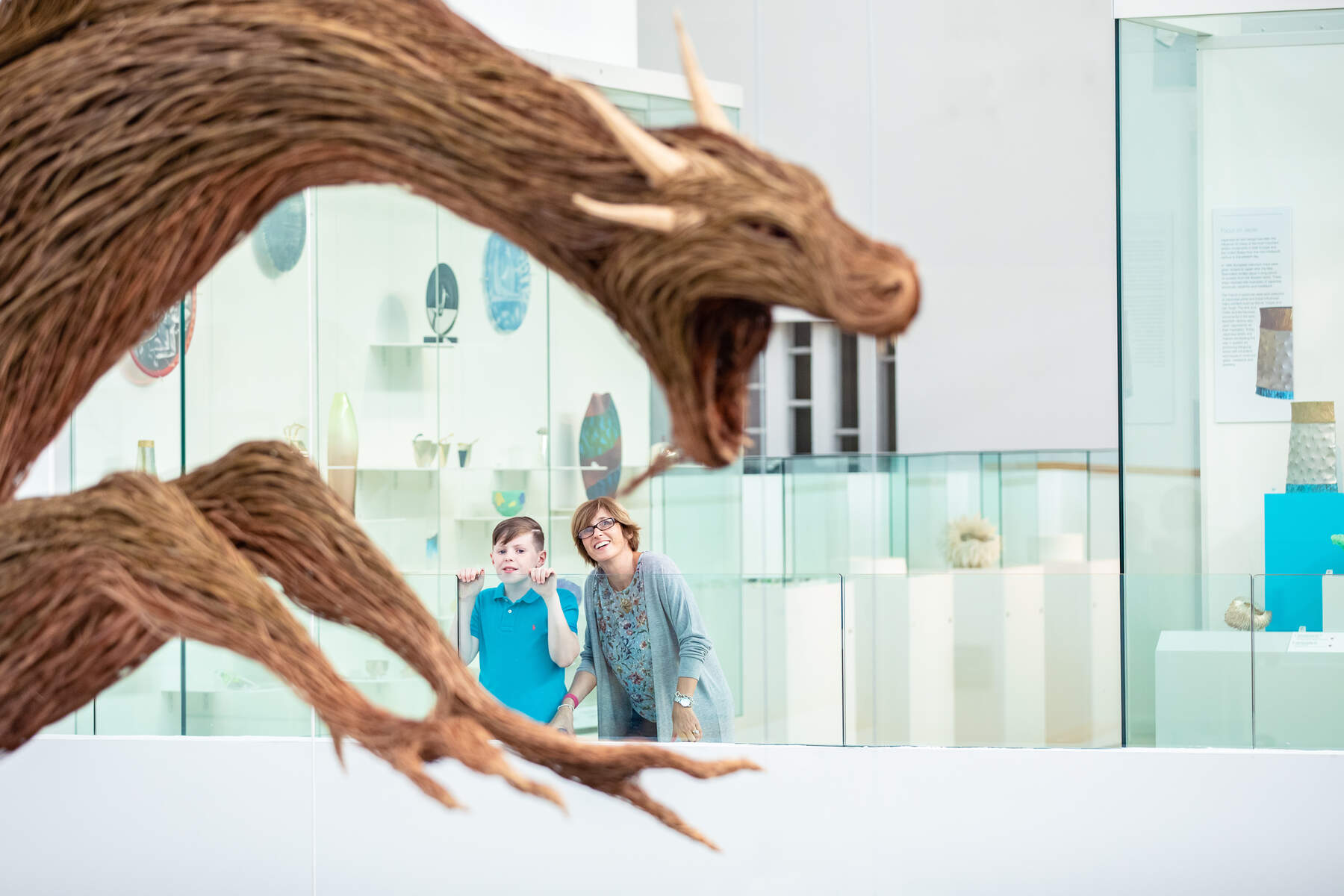
Visit the Ulster Museum to gain a comprehensive insight into the history, art, and natural history of Northern Ireland.

Immerse yourself in the city’s vibrant music scene, which is renowned for its traditional Irish music as well as rock, pop, and alternative genres.
Crumlin Road Jail
The Crumlin Road Gaol in Belfast is a former prison that now serves as a historical visitor center. Here, you can explore the city’s dark past and learn more about political prisoners and the turbulent events that took place. The prison was opened in 1845 and operated for over 150 years before its closure in 1996. Visitors can explore the cell blocks and experience the atmosphere of prison life. A special highlight is the underground tunnel that connected the prison to the Crumlin Road Courthouse, once used for secure prisoner transportation. During the Northern Ireland conflict, the prison became a symbol of the struggle for freedom and justice. The visitor center also offers exhibitions featuring historical artifacts and documents.
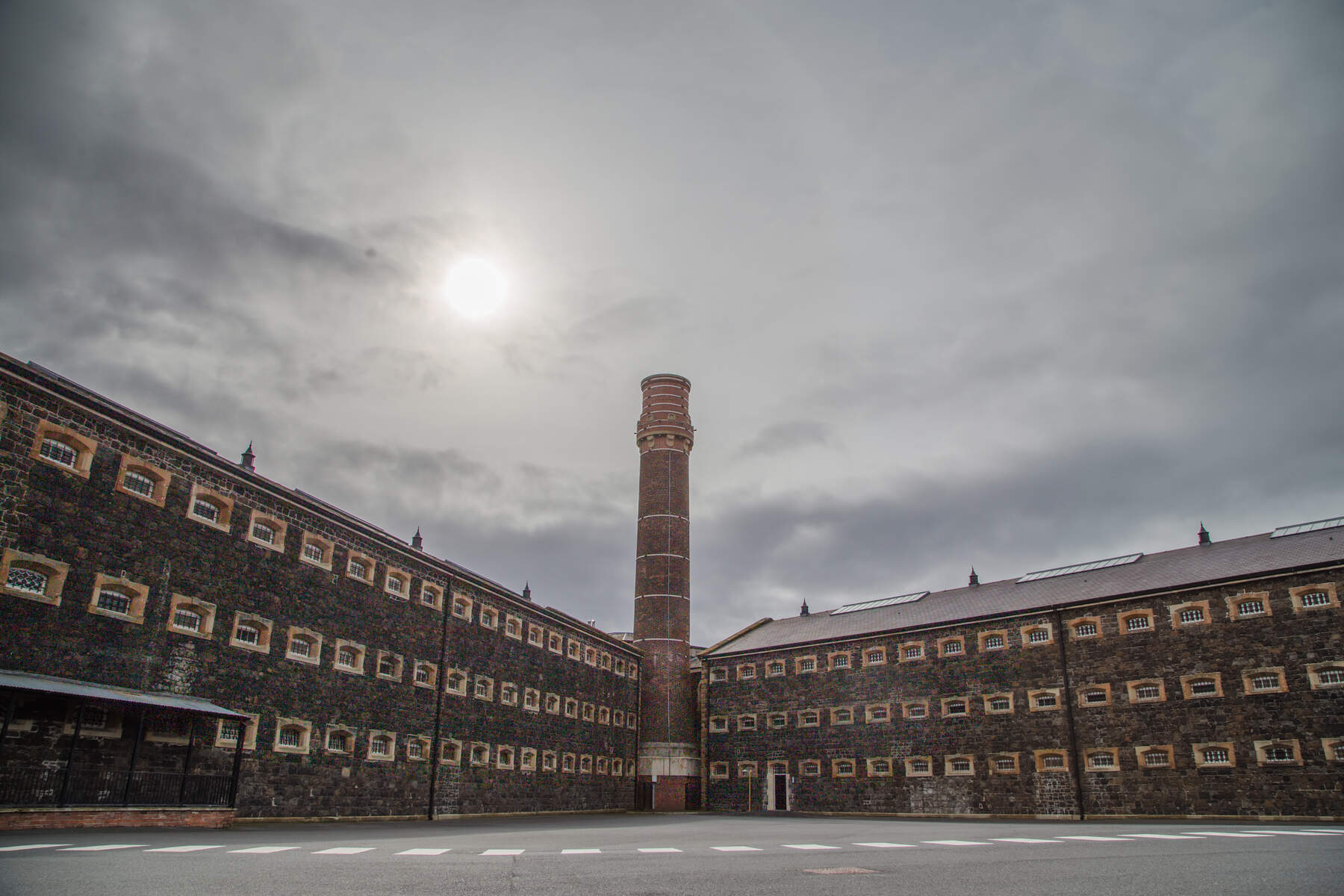
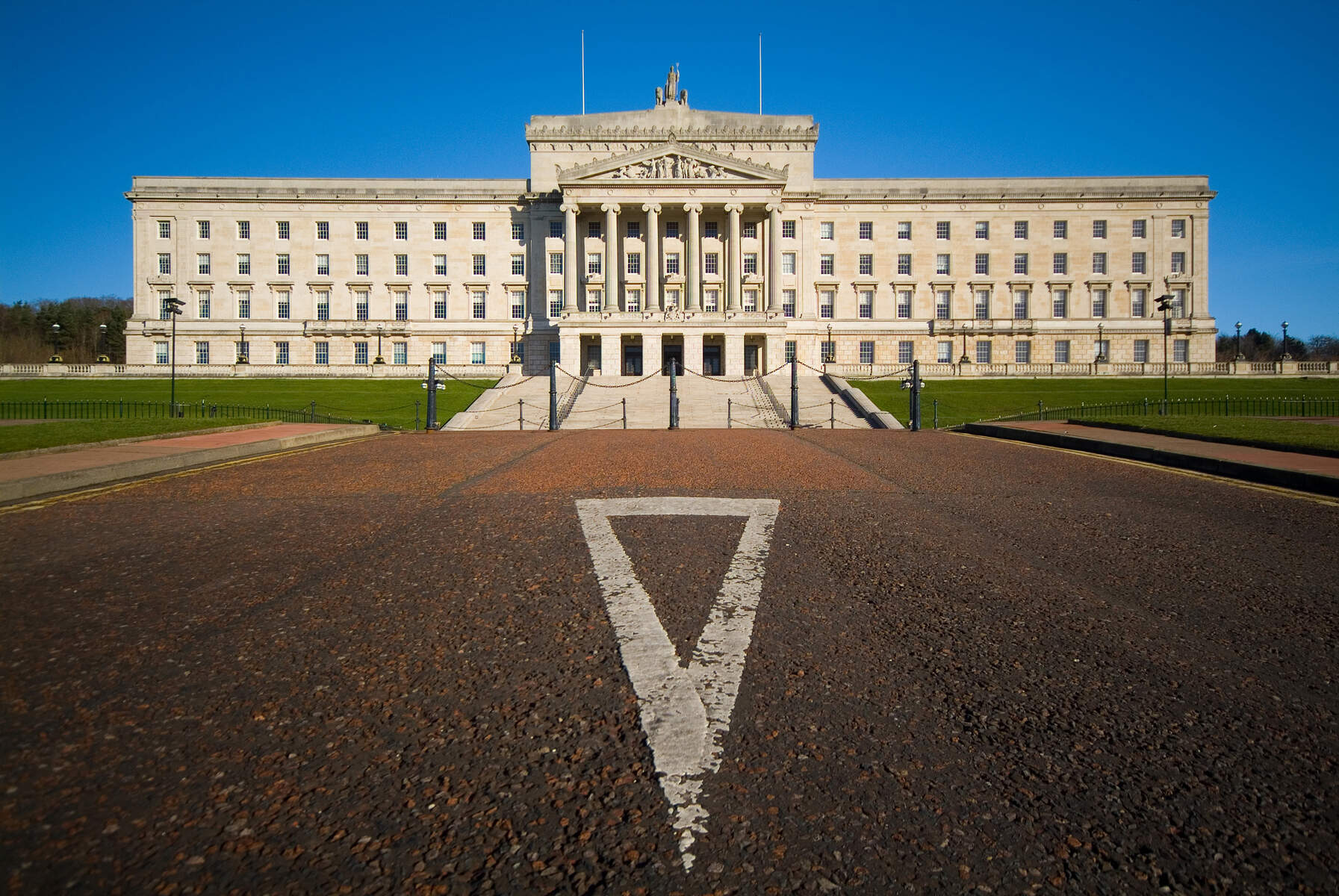
Stormont
The Stormont Estate in Belfast, Northern Ireland, is a significant property with historical and political importance. It spans across 97 hectares (240 acres) and is home to the Parliament Buildings, which house the Northern Ireland Assembly. The expansive landscaped gardens provide a picturesque setting for relaxation and exploration. The neoclassical Parliament Buildings can be visited, and guided tours offer insights into the political history and operation of the parliament. Other attractions within the estate include Stormont Castle, the seat of the Northern Ireland government, and the Stormont Estate Driving Range, a golf center. The Stormont Estate is a place of historical, political, and scenic significance, inviting visitors to enjoy nature and explore the rich history and culture of Northern Ireland.
Belfast welcomes you with open arms and offers a wealth of cultural, historical, and natural treasures. Immerse yourself in the unique atmosphere of this fascinating city and let yourself be enchanted by its diversity and hospitality.

